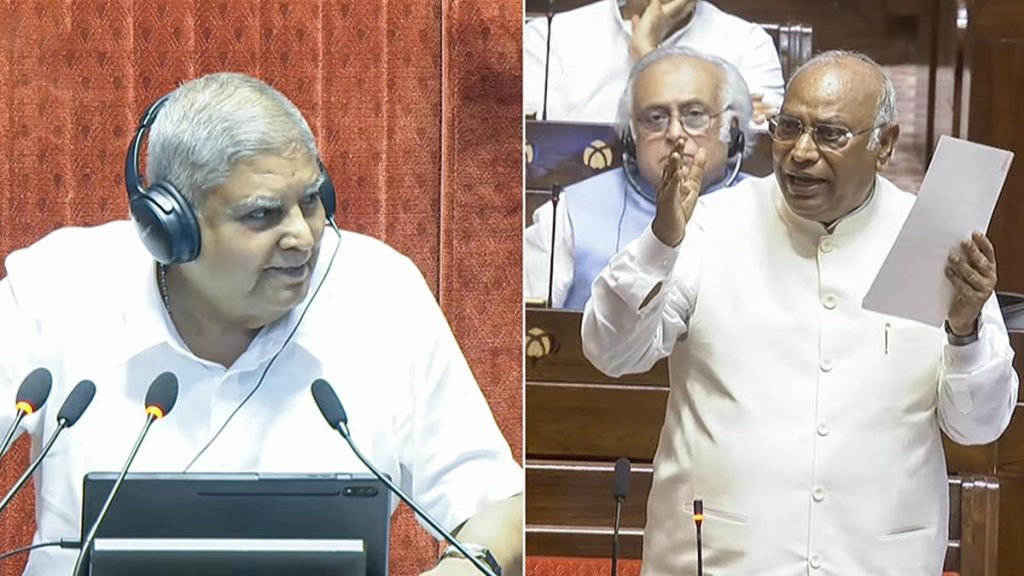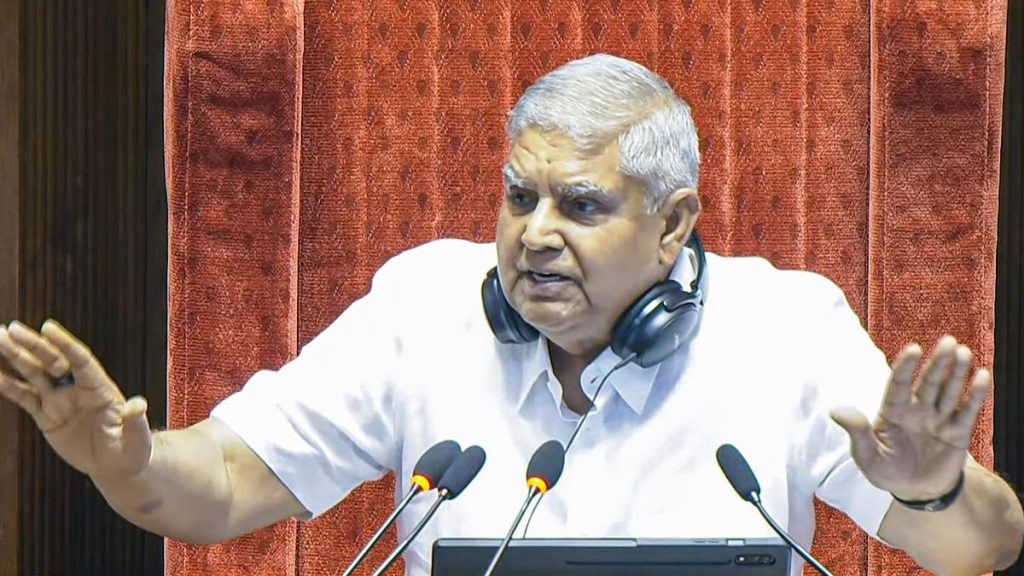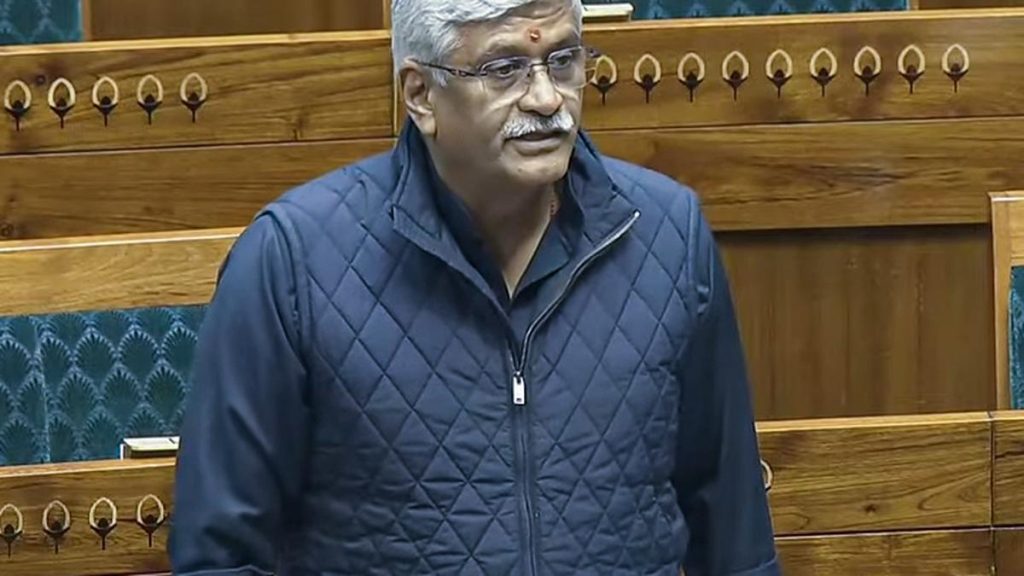Now Reading: Hyderabad: Seniors Lose ₹1.18 Crore in Separate Cyber Scams
-
01
Hyderabad: Seniors Lose ₹1.18 Crore in Separate Cyber Scams
Hyderabad: Seniors Lose ₹1.18 Crore in Separate Cyber Scams

quick Summary
- Two senior citizens from Hyderabad lost over ₹1.18 crore in separate cybercrimes involving forged documents, fake apps, and psychological pressure.
- Case 1: A 64-year-old man was defrauded of ₹86.41 lakh through fake trading apps claiming SEBI approval while promising lucrative profits from stocks and IPO trades.
– The victim deposited ₹71.75 lakh into one app, shown a notional profit of ₹4.78 crore but denied withdrawals without upfront payment of a 20% profit share.
– In another app, he invested ₹14.66 lakh but access was blocked after refusing to pay a similar upfront charge (30%). The scammers heightened pressure with a fake Enforcement directorate (ED) notice accusing him of money laundering.
- Case 2: An 83-year-old retired government employee fell victim to an arrest warrant scam, losing ₹32.2 lakh on June 23, 2025.
– He received threatening calls alleging legal trouble under the Prevention of Money Laundering Act alongside forged ED documents using his Aadhaar number and counterfeit seals.
– Impersonators coerced payments by warning of arrest or deportation while promising compensation refunds for ‘loyalty payments’ and maintaining prolonged communication even as funds stopped coming in.
- Both cases are currently under investigation.
Indian Opinion Analysis
The two incidents highlight the alarming sophistication in recent cyber fraud tactics within India-targeting vulnerabilities such as trust in authoritative institutions (e.g., SEBI approval or ED involvement) and manipulating high-stress scenarios like threats to liberty or financial penalties. These scams exploited senior citizens whose reliance on technology may lack adequate familiarity with digital verification tools.For india, the implications are threefold: first, there’s an urgent need for rigorous public education campaigns aimed at seniors about identifying potential scams; second is enhancing existing cybersecurity measures concerning trading platforms and impersonation defenses; third is aggressive legal action against perpetrators paired with regulatory oversight improvements across tech ecosystems.
The victims’ losses further underscore how easily digitization can be weaponized if left unchecked-a concern that India’s broader cybersecurity strategy must address moving forward given its expanding demographic reliant on online transactions.
Read More: Published July 18, 2025

























